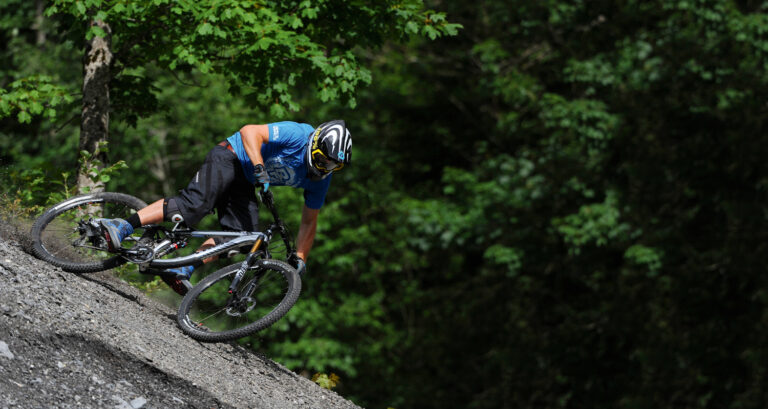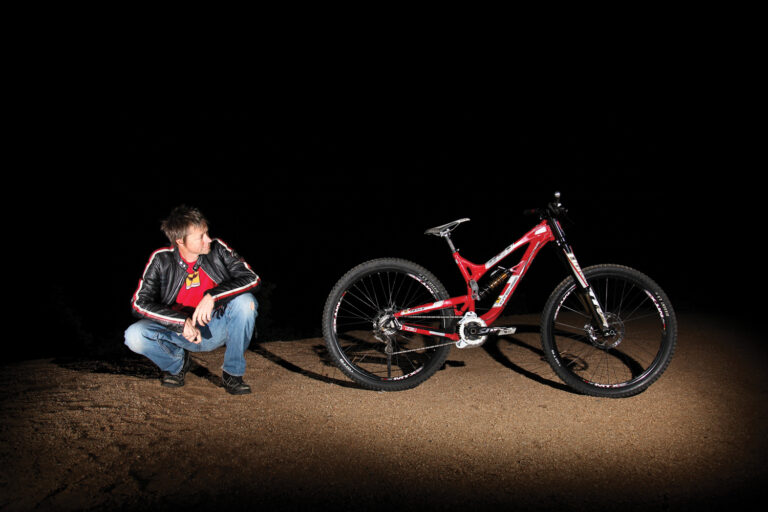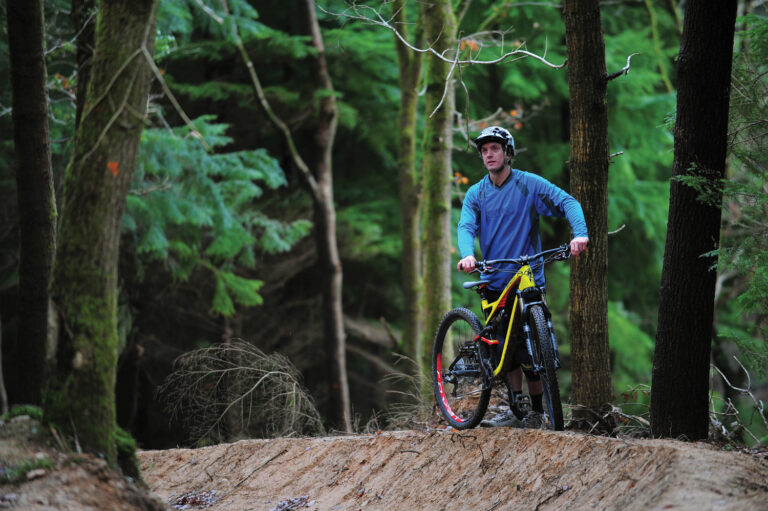 IS A 29 A FASTER AND MORE FUN TRAIL BIKE?
IS A 29 A FASTER AND MORE FUN TRAIL BIKE?
A very broad question, with a potentially lethal industry interpretation, for it’s now ten years since Gary Fisher launched a 29 bike and the question has largely been ignored. From the basest level – hardtails – yes they are, but even before going into the fun bit I would encourage people to buy one of a select range of good full suspensions bikes instead of getting beaten to shit by something that really has no place in the 21st century riding armoury.
That many industry ‘purists’ remain hell bent on dabbling with hardtails, more recently 29 versions, has I believe, been one of the key sticking points of the breed – that they are seen as slightly weird, and therefore grouped accordingly. Very much ‘that end of the market’.
Move away from the ‘torture is fun’ attitude of industry nutcases on 29 hardtails and the truth of the 29er becomes much, much clearer, because in Britain the 29” trail bike has a huge future providing speed, grip and stability not previously seen. True there are still weaknesses, but these are largely due to poor designs and feeble componentry not yet man enough for the task in hand. Thankfully however there are some real contenders for a 29 full suspension take over. Leading this charge are the Specialized Camber and Trek Rumblefish.
Still it’s not that straightforward. Faster and more fun is an incredibly complex question, for these wheels might not be for everyone, plus there are blockages to broad acceptance. There remains an initial, many would argue negative, feeling of riding a 29 bike (it took me several weeks to click), there’s the familiarity of riding a 26, the need for a different riding style, the time demands of trying to get used to something new puts so many people off. Then there’s the basics – manoeuvrability and acceleration are two of the biggest negatives levelled against the big wheels and yet in the right environment both can be countered with that greatest and yet most basic of sports skills – timing.
It took me several weeks to settle on the tyres. I found it needed a different lean, slightly more aggro in the tight places that the 26 ruled. Having adapted to the new wheels, changed my timing I find the fun coming in a huge wave of new found poise under pressure, corner speed, camber hold, stability in the air and on the ground – these are just some of the things I like about the 29. I’m also riding smoother, which might ultimately mean a change to SPD’s. For now the gains in traction in British winter are unquestionable. More than anything I can now ride a 29 faster than a 140mm trail bike pretty much anywhere. An emphatic double yes to the big wheels.
29” VS 26” MID TRAVELThere will be doubters. I also have doubts on longer travel 29’s, but that’s for another day. For now I undoubtedly thought I had put thirty seconds into a 29 time on a variety of 140mm 26 bikes over a three–minute descent. The sensation and the reality however are light years apart, for the feeling of speed on a 26 is always faster. Maybe that’s why so many people like riding hardtails – you get a sense of speed but with the safety of going slower.
One of the greatest benefits of a 29 over 26 is their inherent stability at speed and across rough ground, the main reason many riders choose mid travel 26 bikes. This middle ground of suspension designs (120/140/160mm) is an interesting one, for being honest about where you ride would probably be a more significant starting point and certainly of more value than any comparison between 26 v 29. As a rough guide, I usually ride 140mm this side of both the Irish Sea and English Channel opting for something a bit more robust once I hit Alpine or Rockies. Back here it’s well established that 160 is faster on descents than 140mm, but really I find I have to be in a certain mood, in the right place and certainly fit to entertain a 160mm bike. Like I said, the longer travel 29 debate is for the future but for now a 26 vs 29 trail bike comparison has suddenly become hugely valid.
 To claim that a £2K 110 or 120mm 29 is faster than a £5K 140mm 26 is certain to piss a huge amount of riders off, but that’s pretty much what I’m saying, it’s probably deeply seated as a reason that nobody actually passed the message on to me in the first place. Truth is I didn’t see this one coming and neither did a whole bunch of other people supposedly in the know – one small step for bikes, one gigantic sidestep to the bike world.
To claim that a £2K 110 or 120mm 29 is faster than a £5K 140mm 26 is certain to piss a huge amount of riders off, but that’s pretty much what I’m saying, it’s probably deeply seated as a reason that nobody actually passed the message on to me in the first place. Truth is I didn’t see this one coming and neither did a whole bunch of other people supposedly in the know – one small step for bikes, one gigantic sidestep to the bike world.
Here it is then, better grip in corners, cambers and increased traction in muddy climbs. Less nervous during the two wheel slide, hold and flow on rough bumps and roots is better. Below is my first experience of four bangers with tests to follow…



